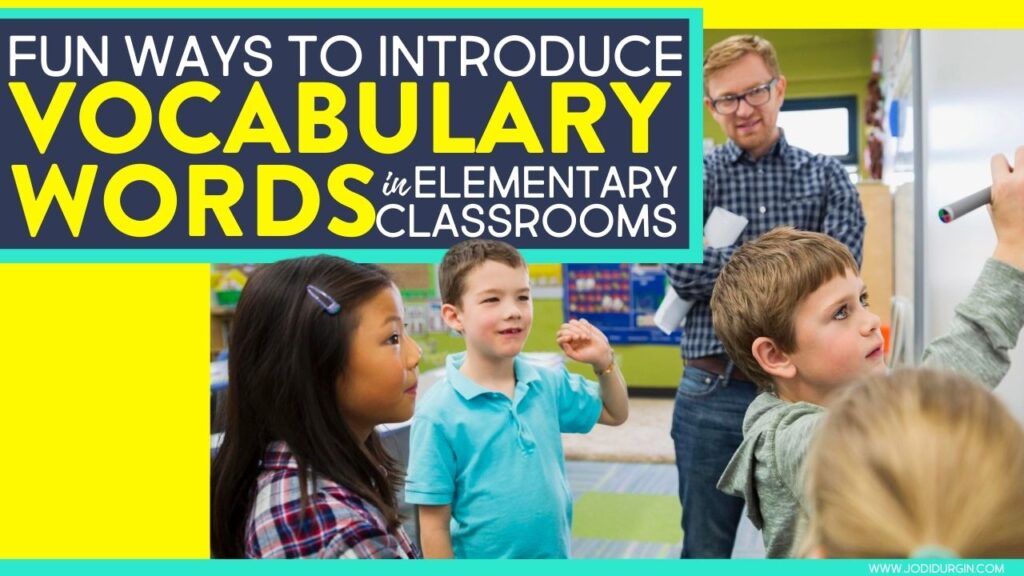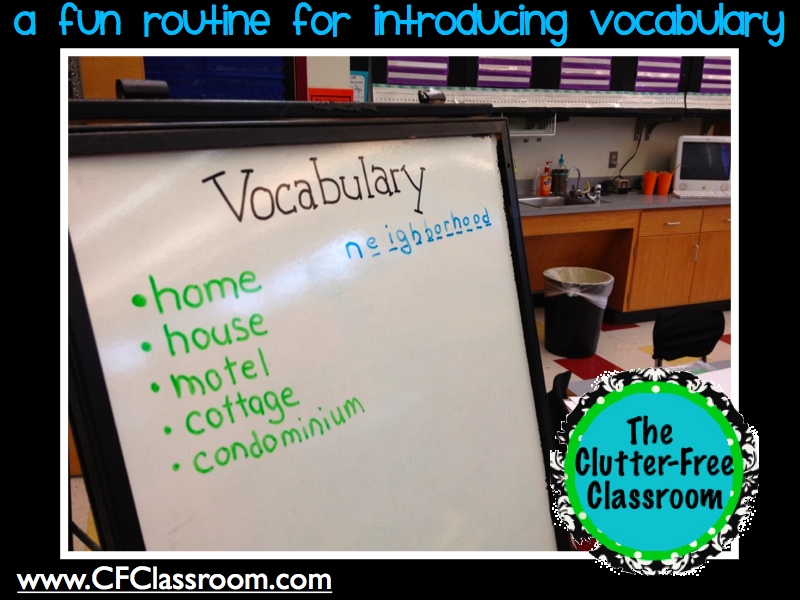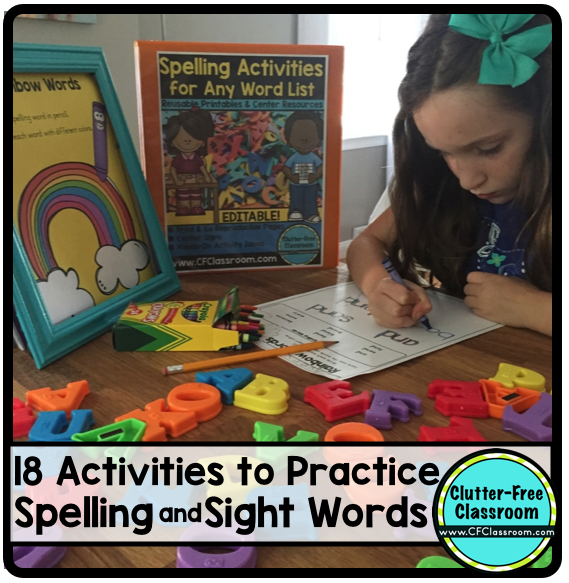Today is a Tuesday, but it feels like a Monday since we didn’t have school yesterday. On Mondays I introduce the weekly vocabulary words {per the Treasures Reading Curriculum} so since today was pseudo-Monday we did that. I wasn’t quite prepared for the reaction I got when I announced it was time to introduce the new vocabulary words. There were cheers. Lots of cheers, because they thought we would be skipping it this week since it is part of our Monday routine and it doesn’t take long for my little charges to love routines like I do.
I discovered today that they really enjoy my vocabulary routine. They think it is fun and like a game and they were sad at the thought of missing it. Who knew? Anyhow, since it appears to be such a crowd pleaser I wanted to share it with you so your children can also experience the joy of learning new words.

6 Steps for How to Introduce New Vocabulary
Below are 6 steps for introducing new vocabulary words.
1. Provide Context Clues
I start by showing and reading a sentence that provides context clues to the word, but say “blank” in place of the word.
Today’s first sentence was, “She grew up in a ____ by the school.”
Then I take 5 “guesses” at what the word could be. I love this part because it really reinforces both the importance of context clues in reading and models how to write sentences that include context clues. I also use this opportunity to talk about aspects of grammar that play a role in what the word could be.
Sometimes one of the 5 words is the correct word, but I always take 5 guesses so that we can practice the above skills.
2. Offer Hints
If the word was not identified, I then write the first letter and they try to figure it out.
Next, I draw in lines to represent the other letters. We talk about the length of the word. If it’s a longer word we talk about how it most likely has more than one syllable which means it has more than one vowel.
Then I start adding in one letter at a time until it is either figured out or spelled out for them.

3. Discuss the Features of the Word
At that point, I point out features. In the example in the photo, I talked about how the “long a” was actually spelled “eigh.”
4. Define the Word
I read the definition from the curriculum program book. You could also read the definition from a dictionary or online dictionary.
5. Help Students Make a Personal Connection to the Word
Then I ask a question that helps them connect to the word and make sense of it. In this case the question was “What are some special places in your neighborhood?”
Rather than just ask one student to respond, I have them all answer each question with a talking partner. Sometimes I then ask one or two friends to share, but not always.
And that’s that.
6. Include the Words in Your Word Study Center
After the words are introduced, I plug them into my word study center rotations. Sometimes I have them use an activity from my printable spelling activities and other times I have them write sentences that use context clues that tell the meaning of the word.
I hope you found this post about how to introduce new vocabulary helpful! If you did, then you may also be interested in these posts:



